Whoever discovered soup was a genius, and they deserved all the best things that the world had to offer at that time.
Soup is delicious. It’s easy to make. It can be whipped up quickly or kept simmering all day to build up a more robust flavor. You can make a small pot for just yourself or enough for your entire block. It can even be made ahead and stored frozen to provide comfort months in the future. Basically, it is completely worth it to learn to make soup. And since there are so many types of soup, all following pretty much the same steps, getting a hang of a basic soup-making process goes a long way.
Below you’ll find a simple 5 step process that we keep in mind while making all of the soups that come out of the Mobile Soul kitchen. This list is also followed by a few bonus tips that will take your next soup up another level.
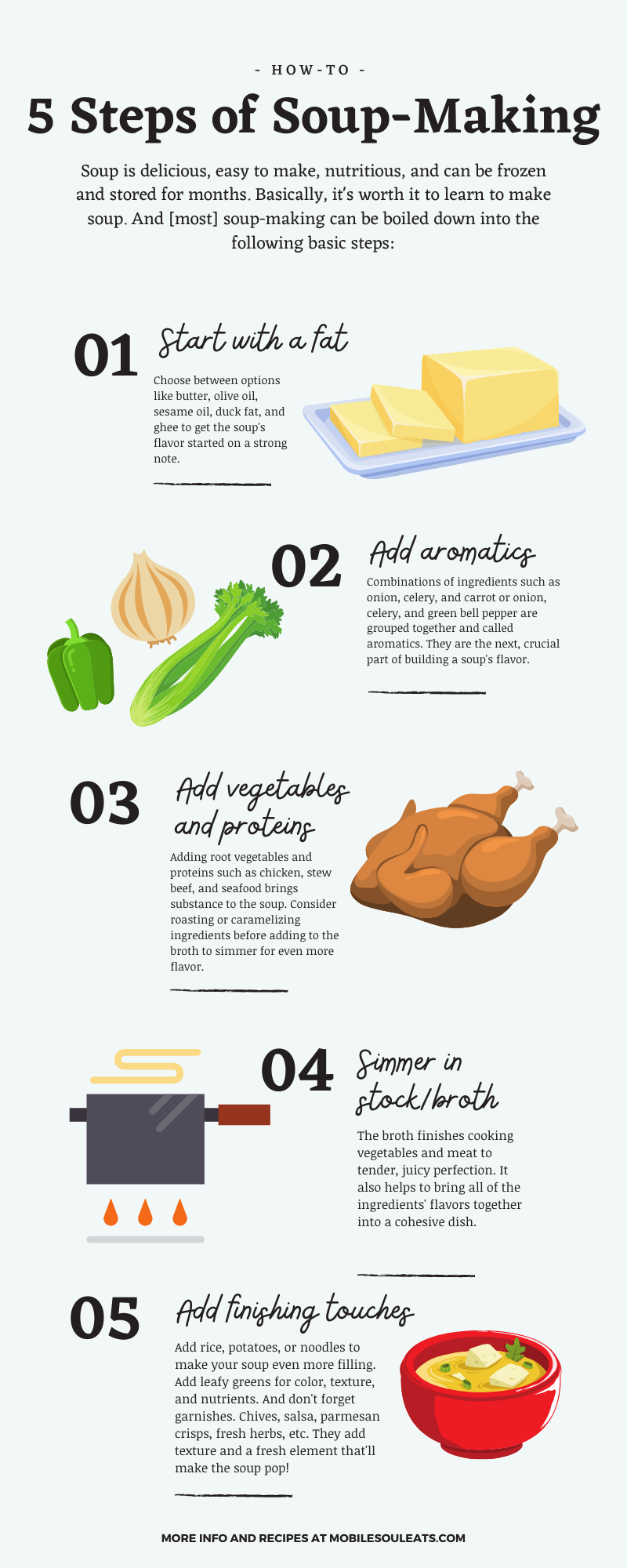
View + Download the PDF Here
Step 1: Start with a fat
The first step is to heat up a fat like butter or olive oil. This is the very beginning of the flavor building process and what you’ll use to cook the aromatics, vegetables & meat (discussed in the following steps) without them sticking to the pot and burning.
Here’s a list of fats to consider starting your soups with:
- Olive oil
- Coconut oil
- Butter
- Vegetable oil
- Peanut oil
- Palm oil
- Avocado oil
- Sesame oil
- Bacon fat
- Duck fat
- Goose fat
- Lard (pork)
- Ghee
Step 2: Add aromatics
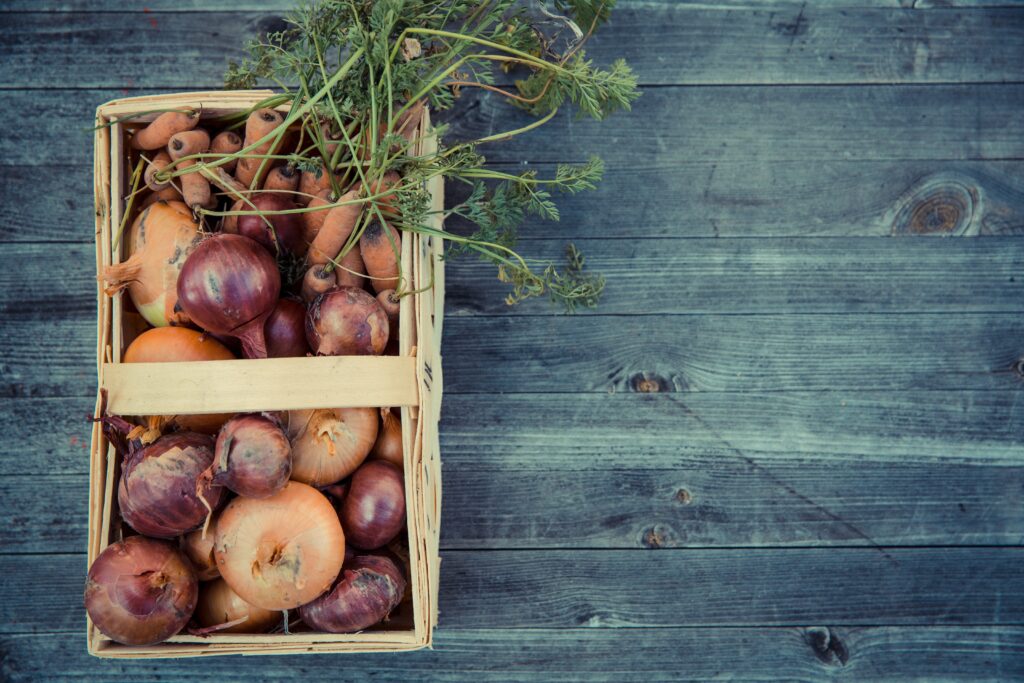
In traditional French cooking, 1 part onion to 1/2 parts celery and carrot combine to make what’s called a mirepoix. In Creole cooking, many of their soups, gumbos, etouffees begin with a similar combination – 1 part onion to 1/2 parts celery and green bell pepper – also known as the trinity.
This idea of a flavor base made of up a few fresh ingredients stretches across the globe. These “few fresh ingredients” are often called aromatics and they vary from cuisine to cuisine.
Chinese cooking uses garlic, scallions, and ginger to start dishes. Latin dishes often begin with onion, garlic, green bell pepper, and tomato. Thai cuisine is often based on the flavors of shallots, chiles, and garlic.
Visit iCookAroundTheWorld to learn more about aromatics, fats, and other standard flavor combinations used in food around the world.
Step 3: Cook additional vegetables or meat
After building a solid flavor base with fat and aromatics, any additional vegetables can be added to the mix. Caramelizing the vegetables for a few minutes right along with the aromatics adds a tremendous amount of flavor.
The same is true for any proteins that need to be cooked. Push any aromatics in the pot to the side and sear seasoned proteins like roast beef, seafood, etc. until browned, but not all the way cooked through. For food safety reasons, we remove any aromatics from the pot before cooking raw chicken.
If you’re using vegetables or proteins that have already been cooked, like roasted vegetables or leftover chicken that you’ve pulled off the bones, you can skip this step and just add the already-cooked ingredients to the broth to simmer. Roasting vegetables serves the same purpose as caramelizing them – adding another layer of flavor.
Step 4: Simmer in broth/stock
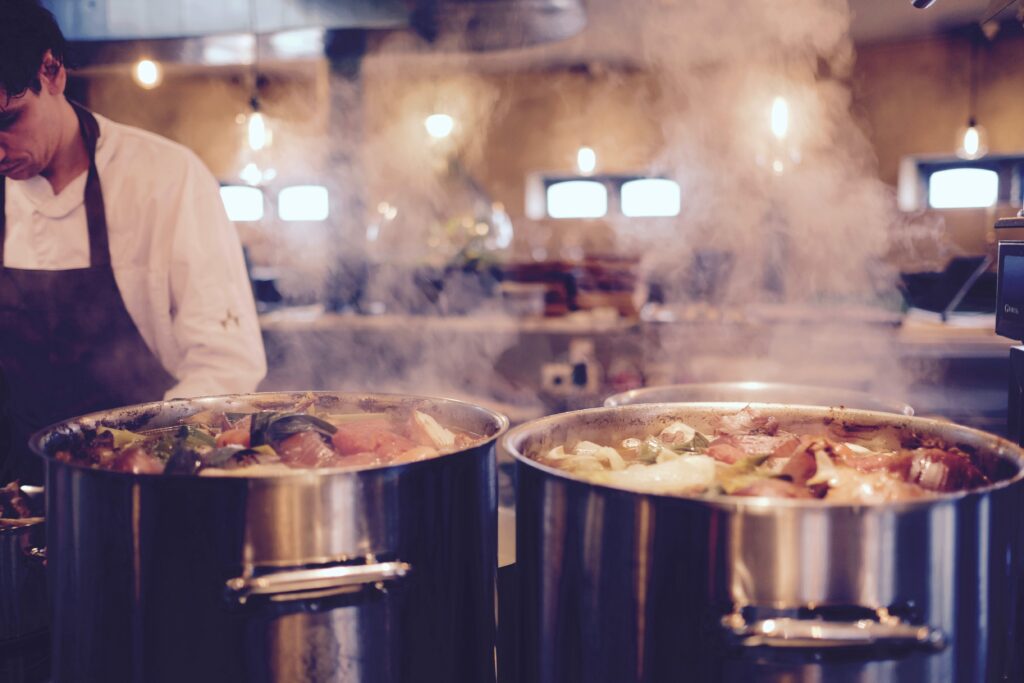
The next step is to add a liquid component so everything can simmer and come together into one cohesive dish. Stock is made using water, bones, onion, carrot, and celery. Broth isn’t necessarily made with the bones, which adds a certain silkiness because of the collagen that’s released. Broth, by definition, is any liquid that’s been cooked with meat in it. It is then seasoned to the liking of the cook.
There are a handful of differences between broth and stock from how they taste to what they are most used for in the kitchen, but when making soup at home, low-sodium stock reigns supreme. It creates a flavorful soup base without being too salty or too overpowering for the other ingredients to shine through.
Pick up a few containers/cans of chicken and/or beef broth just to keep in the pantry for last-minute soup urges. You won’t be sorry. Or you can make your own stock to use!
Step 5: Add any final touches
Final touches can mean a lot of different things, it just depends on the soup. After having tasted the soup so far – fat, aromatics, vegetables and/or proteins, broth, and seasonings – it’s time to decide what else, if anything, the soup needs.
If you plan on adding potatoes, rice, or corn to the soup, add them at this point and cook until tender. Other ingredients like leafy greens that don’t take long to cook can be added right before the soup is finished.
To make a soup creamy, add heavy cream near the end of the cook time. Cream breaks down in high heat so add it to the almost-finished soup for just enough time for everything to heat back up. Adding puréed potato or rice can also be added to soup as a thickener and to give it a creamy texture.
Garnishing soups is an essential step. Since everything has been cooking together for at least 20 minutes, adding some fresh components to the final dish to make it pop.
Other potential garnishes for your soups:
- Chives, green onions or scallions
- Crispy bacon bits
- Parmesan crisps
- Julienned fresh peppers
- Toasted baguettes
- Garlic herb croutons
- A drizzle of hot sauce or sour cream
- Fried sage leaves
- A spoonful of salsa or pesto
- Baked kale or carrot chips
A good rule of thumb is to use at least one of the ingredients inside the soup as a garnish. For example, sliced roasted peppers that were reserved before the soup was pureed or a sprinkle of cheese that is also melted into the soup.
✨ More ways to make your soups stand out✨
Use herbs
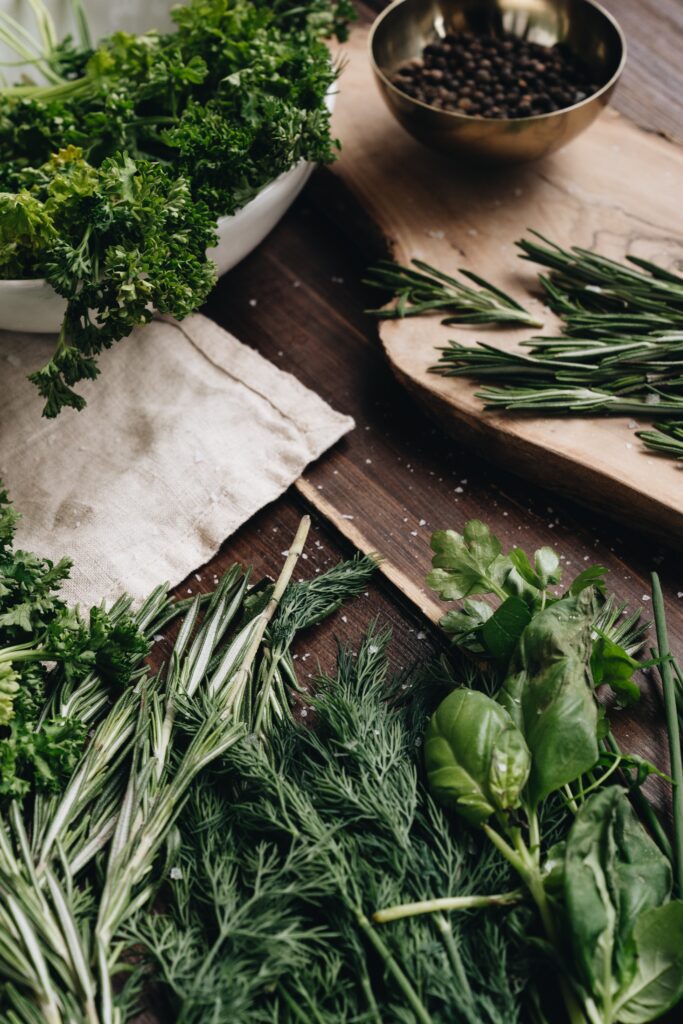
Herbs can make a huge difference. Even dried herbs shine in the soup department. Try throwing in some fresh or dried rosemary, bay leaf, oregano, thyme, or parsley to add another layer of flavor to your soup. Make sure the herbs aren’t expired though because then they won’t add much flavor at all.
Add a little something unexpected
Try throwing in a single anchovy to cook after the aromatics have cooked to boost the savory (umami) flavor of the soup overall. Don’t worry, the overwhelmingly fishy taste you’re probably worried about will be cooked out by the time the soup is finished.
Other ways to switch things up? Using duck fat to start instead of oil or butter. Add a little bit of red wine to soups (and stews aka thicker soups) containing red meat and beef broths. Use an immersion blender to blend all of the ingredients together and create a silky smooth texture.
Consider the cook times for different ingredients
Some ingredients don’t take as long to cook as others – keep that in mind. Add ingredients that take the longest to cook (meat, root vegetables, rice, etc.) as soon as the broth is added. Ingredients that don’t take long to cook like kale, spinach, and certain proteins like shrimp, should be added later in the cooking time in order to preserve the taste and texture of the ingredient.
Some ingredients like carrots can stand to be a little mushy, but some like beans you don’t want disintegrating completely into the soup. Just be aware of cook times for all ingredients involved and add them into the broth to simmer accordingly. The longer they need to cook, the sooner they should be added.
Dice ingredients into spoon-sized pieces

During prep, it’s important to dice ingredients in similar spoon-sized pieces (or smaller) for a few reasons:
First, ingredients that are diced evenly cook at the same rate. This ensures that you don’t end up with pieces that are perfectly tender and others that are still crunchy.
Second, the smaller the pieces, the quicker they cook. If ingredients are left in large chunks, they take longer to cook.
Lastly, similar spoon-sized pieces really come in handy when you’re trying to eat the soup with a spoon. Yes, you can balance too-large pieces of vegetables and broth on a spoon, but cutting things down to size will eliminate this stress altogether.
Cook rice/noodles right in the pot
If adding rice, potatoes, or noodles to the soup, there’s no need to cook them separately first. Just give them enough time to simmer and cook through before serving. This will impart all the delicious flavor you’ve been building into the rice grains/noodles.
Subscribe for more how-to’s and recipes
[mc4wp_form id=”1352″]

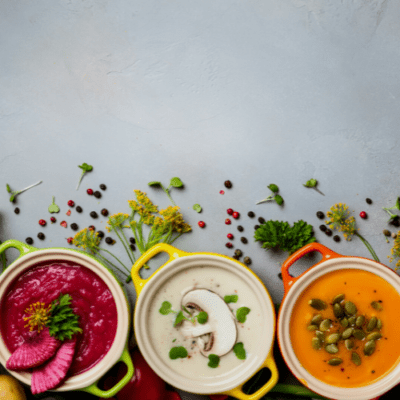
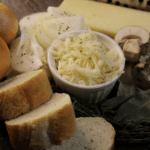


Leave a Reply